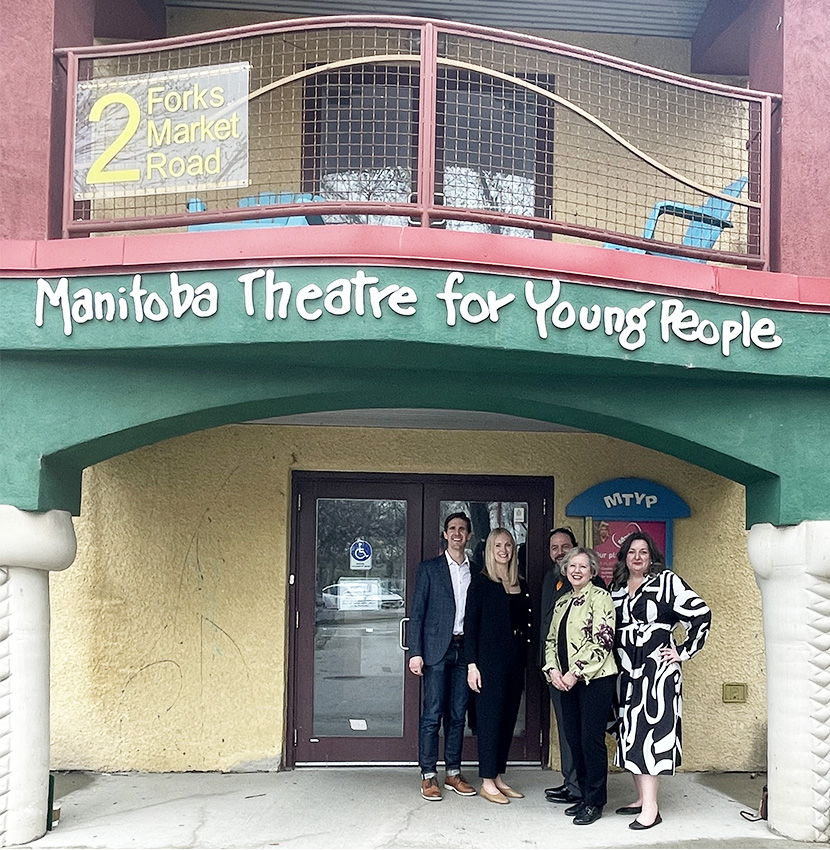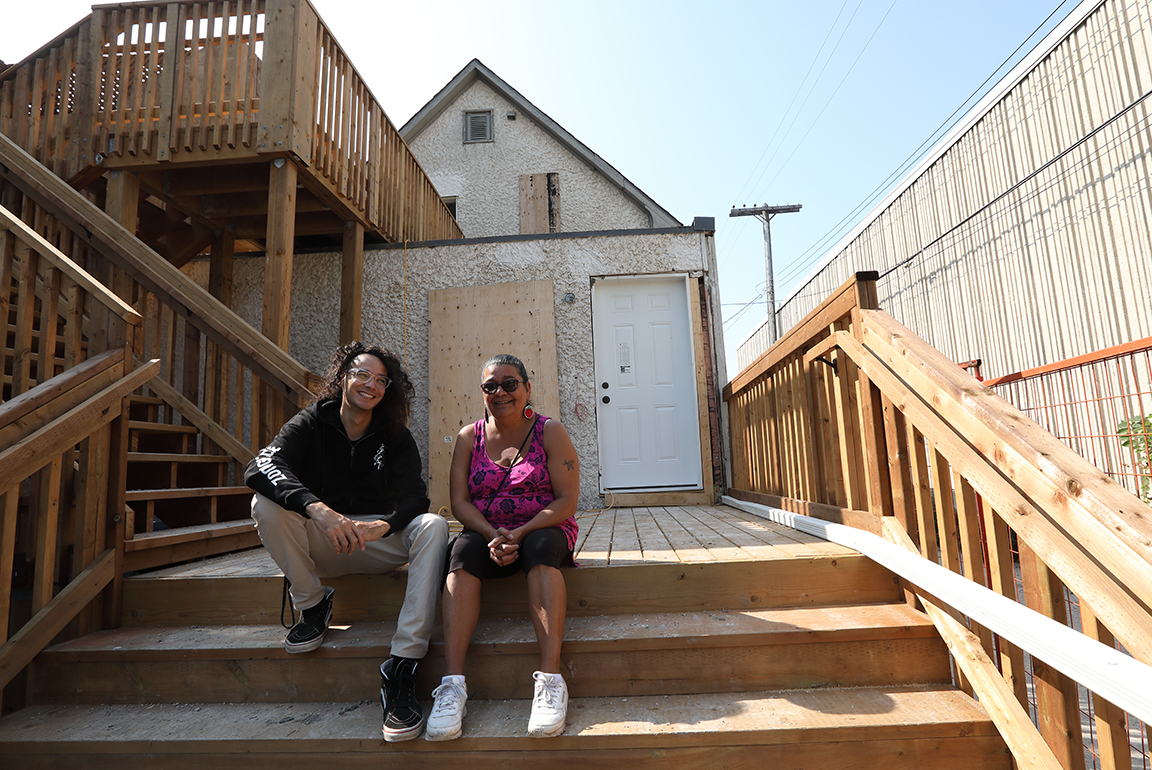Celebrate Asian Heritage Month in Winnipeg
May is Asian Heritage Month, celebrate in Winnipeg.
Check out the Taste of Asia (May 25 and 26), a free admission event at The Forks featuring food trucks, music, art, fashion, dance and even a cosplay contest.

A diverse and proud history
Asian Heritage Month in Winnipeg is organized by the Asian Heritage Society of Manitoba: a non-profit that includes representatives from Chinese, Japanese, Filipino, Indian, Vietnamese, Sri Lankan, Korean, Indo-Chinese, Syrian, Malaysian and Singaporean organizations.
The federal government officially designated May as Asian Heritage Month in Canada back in 2002. The idea was proposed by Vivienne Poy, Canada’s first senator of Asian descent. As she said at the time, “Asians have helped to build Canada and it’s important that it is recognized.”

Beyond showcasing the cuisine and cultural traditions of Winnipeg’s Asian communities, Asian Heritage Month is a chance to honour their valuable contributions to the city, province and country.
Notable Asian achievers
Notable Winnipeggers of Asian descent have included:
- Philip S. Lee, former lieutenant governor of Manitoba
- Flor Marcelino, the first visible minority cabinet minister in Manitoba
- actress and playwright Pamela Mala Sinha
- authors Roy Miki, Kuzhali Manickavel and Michael Kaan
Asian communities have a long history in the city that stretches all the way back to the 1800s.
Chinese history in Winnipeg
Waves of Chinese labourers migrated to Winnipeg from British Columbia. after the 1850s Gold Rush and the 1885 completion of the Canadian Pacific Railway. Unlike British Columbia and Saskatchewan, Manitoba did not bar Chinese people from voting or practicing medicine.
It was front-page news when Winnipeg’s first permanent Chinese residents arrived in November 1877. While Chinese-owned businesses were newsworthy and growing throughout the city, public sentiment was not yet progressive or focused on equality. “They can speak the English language in a fractured manner,” the Manitoba Daily Free Press reported on the newcomers, who arrived in the city after a few years in the United States.

In 1909, the Chinese United League opened a secret clubhouse at 223 Alexander Street in Winnipeg, and the surrounding district near King Street became officially known as Chinatown. In 1919, Winnipeg’s Chinese population reached 900, making it the fifth largest in Canada.
Winnipeg’s Chinese community persevered despite federal laws that forced early Chinese immigrants to pay head taxes, and after it outlawed virtually all Chinese immigration to Canada between 1923 and 1947. Winnipeg’s historic Chinatown underwent a revitalization project beginning in the 1980s. Almost 150 years after the first Chinese immigrants settled in Winnipeg, there are almost 20,000 residents of Chinese descent in the city today.
The city’s Japanese community
Japanese settlers have lived in Winnipeg since 1906. In the 1940s, hundreds of Japanese Canadians were forcibly relocated from British Columbia to Manitoba during World War II. Barred from living in Winnipeg, they were sent to rural areas where many toiled on sugar beet farms for paltry pay.
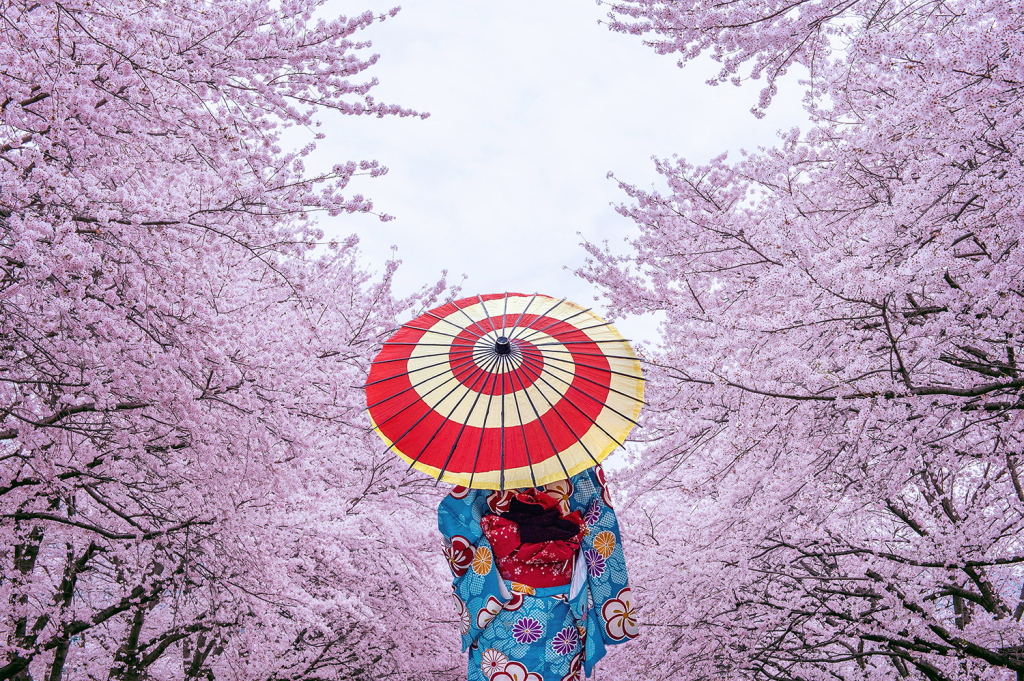
In 1946, the Manitoba Japanese Canadian Citizens’ Association (MJCCA) was formed. When the ban on living in Winnipeg was lifted in 1949, 89% of Japanese Canadians who had been sent to rural Manitoba moved to the provincial capital. The MJCCA helped push for redress, which came in 1988 when the federal government offered Japanese Canadians an apology and financial compensation for expropriating their property and sending them to internment camps in WWII.
Winnipeg’s current Japanese population is about 1,800, including 900 residents of mixed heritage.
Filipinos in Winnipeg
According to historian Alison Marshall, Winnipeg’s first Filipino immigrants came to work as nurses at Misericordia General Hospital in the 1950s and 1960s, followed the next decade by Filipino garment workers. During political unrest in the Philippines in the 1970s and 1980s, many Filipinos immigrated to Winnipeg to complete their higher education or seek better job prospects.
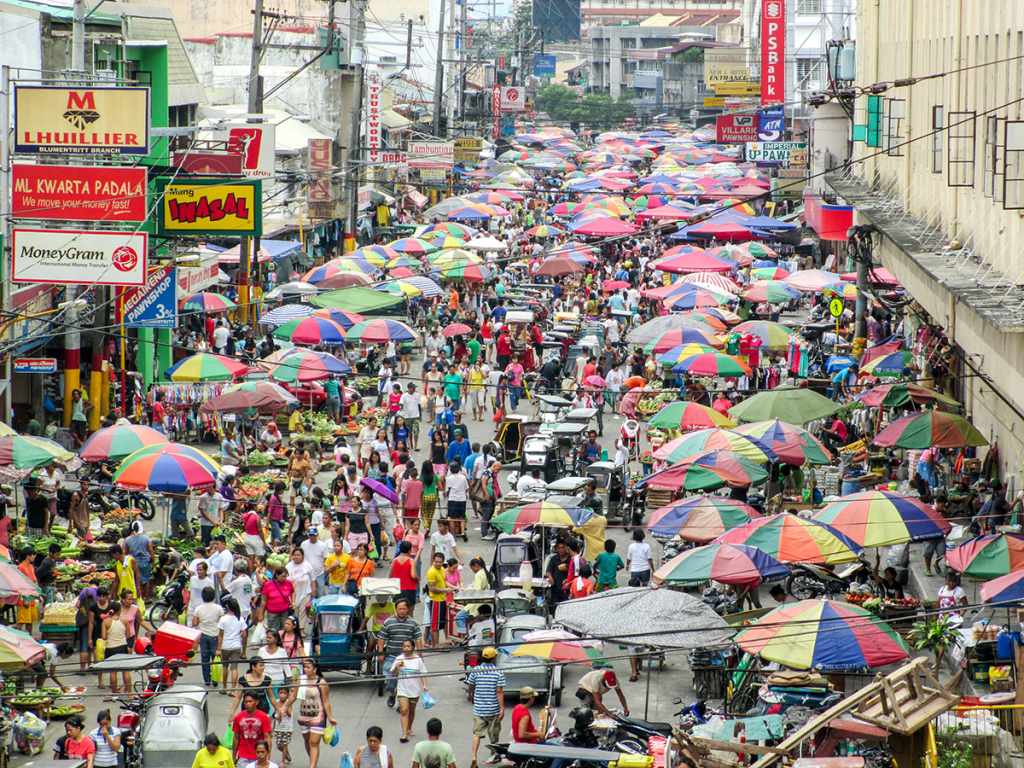
Many found employment in Winnipeg as caregivers or domestic workers. They sent money home to their families while building strong connections with other Filipino expats through local church and cultural activities.
Today, Winnipeg’s Filipino population of 77,305 is the largest per capita Filipino population of any Canadian city.
Why remembrance matters
Despite discriminatory laws and attitudes of the past, Winnipeg’s Asian communities have persevered to become part of the city’s diverse cultural fabric. For example, the 2016 census indicated there were 38,000 Winnipeggers of South Asian descent, including 30,000 of East Indian heritage, 3,500 of Punjab origin and 3,000 of Pakistani origin.
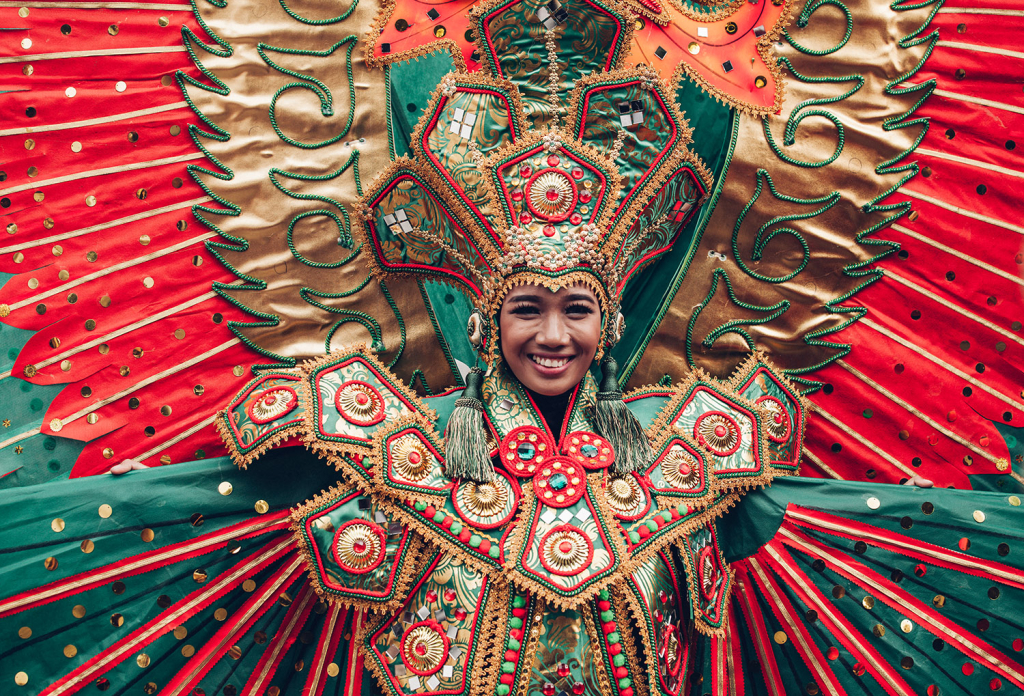
Winnipeg has recognized its strong South Asian community in several ways. CBC Manitoba operated a pop-up South Asian news bureau coinciding with Diwali in 2021. On December 16, 2023 the Canadian national anthem was sung in Punjabi for the first time ever at a major professional sporting event when the NHL’s Winnipeg Jets held their second annual South Asian Heritage night, which also featured South Asian food concessions, DJ music and dance performances.
To support Winnipeg’s Asian communities all year long, consider backing local organizations through donations, volunteering or attending events.
Your participation will add to the rich and diverse history and evolution of the Asian community in Winnipeg and Manitoba.
- Asian Women of Winnipeg
- Philippine Heritage Council of Manitoba
- N.E.E.D.S. Inc.
- West Central Women’s Resource Centre
- Winnipeg Chinese Cultural and Community Centre
- Japanese Cultural Association of Manitoba
- India Association of Manitoba
- Winnipeg Chinese Senior Association
Up Next
Manitoba Theatre for Young People dreams big with new campaign
A home for creativity and imagination for generations, Manitoba Theatre for Young People (MTYP) has helped thousands of children and youth across the province discover the joy of theatre since…
Zoongizi Ode creates housing solutions to help Indigenous youth aging out of care
For the past decade, Indigenous-led not-for-profit organization, Zoongizi Ode (Zoon-gai-zai O-day), has been working on smoothing the transition for Indigenous children aging out of Manitoba’s child welfare system. Along with…
How much money should I save for retirement?
‘The best is yet to come!’ If this classic saying holds true, then your retirement is certainly something to look forward to! Leisurely time with family, friends, travel and hobbies…



